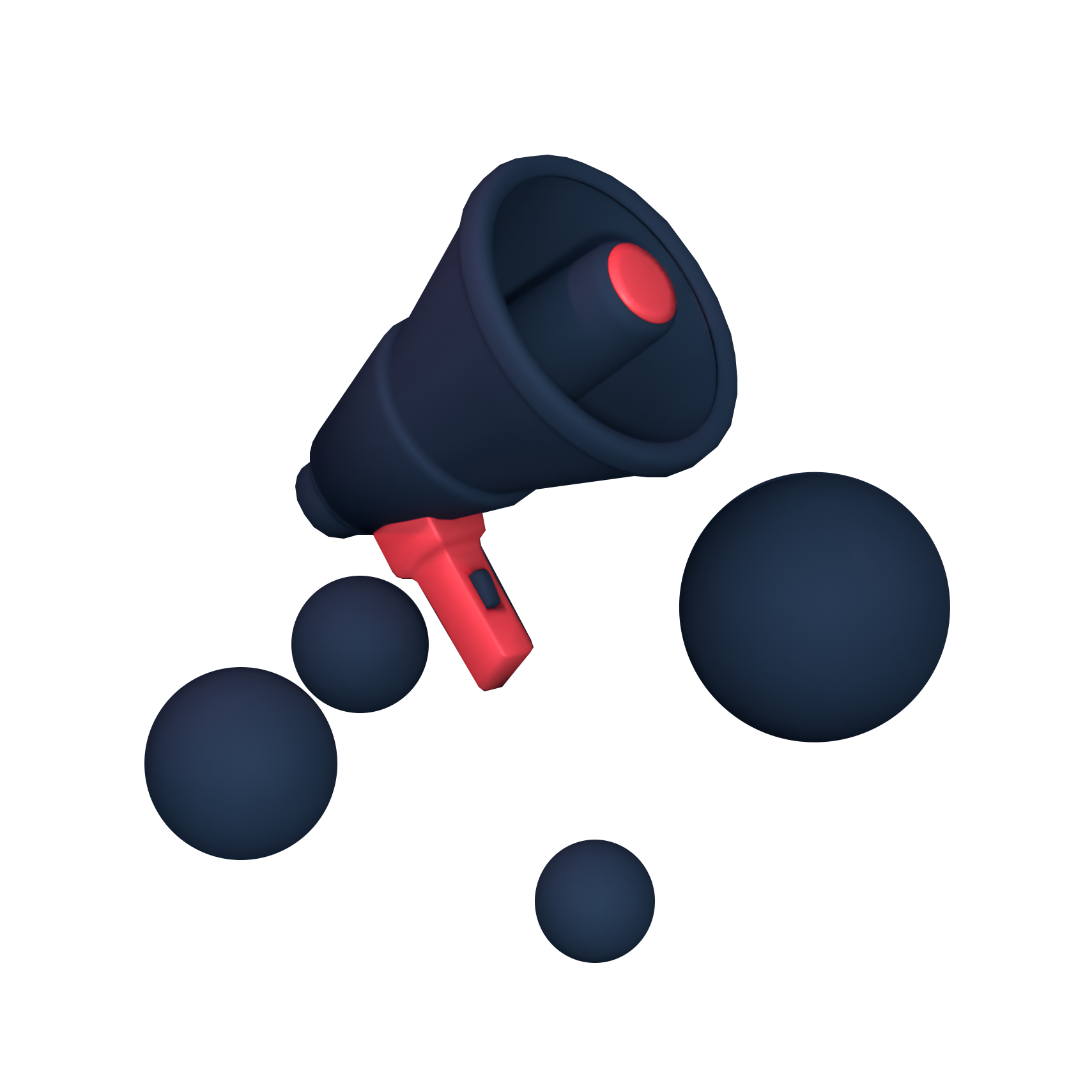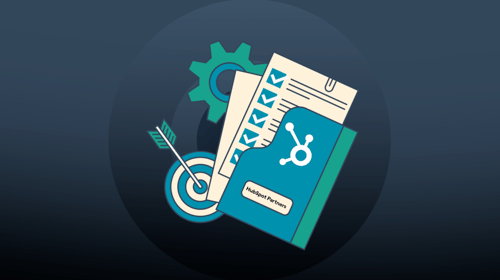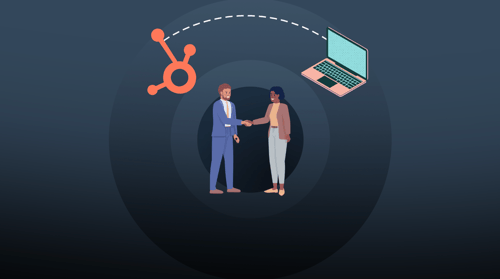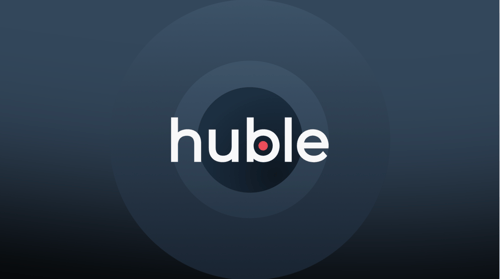In this article, we explore the differences between the marketing funnel and the customer journey, two essential frameworks businesses use to engage and convert potential customers.
When it comes to understanding the customer's path to purchase, two popular concepts come to mind: the marketing funnel and the customer journey.
While both concepts help map the path to purchase, they offer distinct perspectives:
- The marketing funnel provides a structured, company-driven approach, guiding potential buyers from awareness to conversion.
- The customer journey takes a more holistic, customer-centric view, encompassing every interaction and decision point along the way.
For example, a potential customer might first see an ad for a new fitness app (marketing funnel’s awareness stage).
Intrigued, they compare it with competitors, engage with reviews, and explore content (customer journey’s consideration phase). After multiple interactions, they decide to download the app and subscribe (marketing funnel’s action stage).
This example illustrates how the marketing funnel and customer journey are interconnected, with each offering unique insights into consumer behavior. By understanding both, businesses can create more personalized experiences that drive engagement and long-term loyalty.
Decoding the marketing funnel: Your guide to navigating customer conversion
The marketing funnel remains a cornerstone of modern business strategy, helping companies structure and analyze the path from initial awareness to conversion and beyond.
Different models exist to suit various business needs, but one of the most well-known is the AIDA model, which stands for Awareness, Interest, Desire, and Action.
This framework illustrates how customers move from discovering a product or service to making a purchase decision.

Over time, marketing funnels have evolved beyond linear models to reflect the complexity of modern consumer behavior.
Today, businesses often break them into multiple stages, such as awareness, consideration, conversion, and loyalty. These can also be grouped into three key phases:
- Top of Funnel (ToFu): Customers become aware of a problem and start exploring solutions. This is where content marketing, SEO, social media, and AI-driven targeting play a key role.
- Middle of Funnel (MoFu): Prospects evaluate different options, engage with case studies, product comparisons, and customer reviews, and interact with chatbots or personalized recommendations.
- Bottom of Funnel (BoFu): Decision-making happens here. Businesses must offer clear value propositions, personalized offers, and seamless purchasing experiences to convert prospects into customers.
Each stage requires tailored, data-driven strategies to engage customers effectively.
Businesses that understand their marketing funnel dynamics, especially in an era of AI, automation, and omnichannel marketing, will have a competitive edge in converting prospects into long-term customers.
Exploring the customer journey: Understanding the complete experience
The customer journey is the complete, end-to-end experience a customer has with a business, encompassing all touchpoints and interactions across digital and physical channels.
The concept of the customer journey developed after the marketing funnel as marketers sought to understand the full scope of consumer behaviour and decision-making processes.
It is rooted in the study of consumer behaviour, recognising that customers may interact with a company in multiple ways before making a purchase.
Unlike the marketing funnel, which focuses primarily on guiding a prospect toward conversion, the customer journey takes a broader and more dynamic approach, considering every step a customer takes, from brand awareness to post-purchase engagement, advocacy, and even churn prevention.
With digital transformation accelerating, customers now engage with brands in more ways than ever before. AI-driven recommendations, chatbots, voice search, hyper-personalisation, and omni channel experiences have reshaped the way businesses interact with their audience.
Customers may discover a brand through social media, research on third-party review sites, engage with interactive content, and even interact with AI-powered assistants before making a purchase decision.
The customer journey is a fundamental aspect of modern marketing, providing businesses with a comprehensive understanding of customer behaviour and opportunities for meaningful engagement.
How to map the customer journey for better engagement and retention
Customer journey maps are important tools used by businesses to understand and visualise the end-to-end customer experience.
Key elements of a customer journey map include:
- Touch points: Where customers interact with your brand (e.g., website, email, social media, live chat, physical stores).
- Need States: What drives customer behavior at each stage of their journey.
- Pain Points & Barriers: Friction points that could prevent a seamless experience.
- Customer Emotions & Motivations: Factors influencing decisions, from trust signals to product reviews.
By visualising the entire customer journey, businesses are empowered to make value-driven decisions that improve the overall customer experience.
The main purpose of customer journey maps is to understand and anticipate customer behaviours to identify and address pain points and opportunities for improvement.
This visualisation allows businesses to identify important customer insights and make data-driven decisions to enhance the overall customer experience.
The key elements of a customer journey map include the different touchpoints where customers interact with the brand, the need states that drive their behaviour, the barriers that may hinder their experience, as well as their worries, questions, and motivations throughout their journey.
Use our customer journey map template to help ensure that your business can deliver a personalized customer experience, ultimately leading to increased customer satisfaction and loyalty.
Marketing funnel vs customer journey: the key differences
The main difference between the marketing funnel and the customer journey lies in their structure and focus.
The marketing funnel follows a linear, business-driven approach, guiding potential customers from awareness to conversion through controlled marketing efforts.
In contrast, the customer journey is a nonlinear, customer-driven experience that includes every interaction a consumer has with a brand, both online and offline.
While the marketing funnel focuses on company-led interactions, such as ads, email campaigns, and sales efforts, the customer journey incorporates organic influences, including customer reviews, social media engagement, and word-of-mouth recommendations.
The marketing funnel primarily optimizes conversions, whereas the customer journey focuses on building long-term relationships and fostering brand loyalty. Understanding both concepts helps businesses create a holistic marketing strategy that attracts, converts, and retains customers effectively.
Aligning the customer journey and marketing funnel
The customer journey and the marketing funnel are not opposing concepts, they work together to shape consumer experiences and drive business success.
The customer journey extends beyond the sale, encompassing the full experience a consumer has with a brand. Meanwhile, the marketing funnel represents the structured path prospects follow from awareness to conversion.
- The Top-of-Funnel (ToFu) aligns with the awareness stage in the customer journey, where consumers identify a problem or need.
- The Middle-of-Funnel (MoFu) corresponds to the consideration stage, where consumers research solutions and evaluate options.
- The Bottom-of-Funnel (BoFu) matches the decision stage, where customers commit to a purchase.
By integrating both frameworks, businesses can create experiences that nurture leads, drive conversions, and enhance customer retention, all while aligning marketing strategies with evolving consumer behaviors in 2025.
B2B funnels: the complexities of business-to-business marketing
B2B marketing funnels differ significantly from B2C funnels due to longer sales cycles, multiple decision-makers, and complex purchasing processes.

The bottom of the funnel (BoFu) is especially critical in B2B marketing, as prospects at this stage are actively evaluating solutions that address their business challenges. To convert these high-intent leads, businesses must provide highly targeted content and tailored messaging that speaks directly to decision-makers.
SEO and PPC are essential at this stage, ensuring that potential buyers find your solutions when they search for transactional, high-intent keywords. Optimizing for terms like "best B2B CRM software," "enterprise IT solutions," or "top business consulting firms" increases visibility and drives qualified leads to your offering.
Successfully navigating the nuances of B2B funnels requires a deep understanding of buyer intent, as well as the ability to deliver personalized, data-driven content that accelerates conversions.
Rethinking the marketing funnel: why the traditional model falls short today
The old marketing funnel doesn't work because it is oversimplified and focused solely on driving a single purchase. This approach fails to recognise the importance of attracting and retaining loyal customers, which is crucial for long-term business success.
With the old marketing funnel, companies would simply focus on converting leads into customers, without considering the ongoing relationship and value of retaining those customers.
This narrow focus often led to neglecting customer satisfaction and loyalty, resulting in missed opportunities for repeat business and referrals.
The shift in marketing mindset towards a customer-centric approach acknowledges the importance of building and maintaining lasting relationships with customers.
It emphasises the value of understanding and meeting the needs of customers at every stage of their journey, rather than just focusing on the initial transaction.
Modern marketing demands a customer-centric approach that prioritizes:
- Ongoing engagement beyond the initial sale
- Retention and loyalty-building strategies
- Personalized, omnichannel experiences
This shift in approach recognises that loyal customers are more likely to make repeat purchases and become brand advocates, ultimately contributing to the long-term success of the business.
The shift towards a customer-centric approach represents a necessary evolution in marketing mindset, as companies now recognise the importance of nurturing and retaining loyal customers for sustained growth and success.
Navigating the modern buyer's journey: adapting to evolved consumer behaviour
The modern buyer's journey has evolved from the linear and simplistic structure of the traditional marketing funnel.
In the past, consumers would move through a predictable sequence of awareness, interest, consideration, and purchase. However, the rise of the internet and the 24-hour news cycle has revolutionised consumer behaviour.
Today, modern consumers embark on a journey of self-discovery, actively seeking out information and evaluating their options before making a purchase.
With a wealth of information at their fingertips, they are no longer passive recipients of marketing messages, but rather proactive researchers and decision-makers.
Organisations must adapt to this shift by embracing the modern customer journey funnel, which includes multiple stages such as awareness, consideration, intent, conversion, and advocacy.
By understanding the complexities of the modern buyer's journey and aligning their strategies accordingly, businesses can effectively connect with consumers at all stages of their decision-making process, ultimately leading to greater customer satisfaction and loyalty.
Optimizing every stage of the marketing funnel: data driven strategies
A well-structured marketing funnel ensures that each stage seamlessly guides potential customers toward conversion. Reducing friction at every step enables buyers to make confident, informed decisions while fostering brand loyalty and advocacy.

Let’s explore updated strategies for 2025 to enhance engagement, conversion, and retention at each stage of the funnel.
Awareness stage
At the awareness stage, the focus is on making a strong first impression and ensuring potential customers discover your brand.
With the growing dominance of AI-driven content marketing, businesses can create highly relevant and intent-based content that resonates with their target audience.
Optimizing for voice search is now essential, as more users rely on voice assistants to find solutions. Short-form video content on platforms like TikTok, YouTube Shorts, and Instagram Reels continues to drive engagement, making it an essential part of any awareness strategy.
An omni channel marketing approach that integrates social media, paid ads, influencer collaborations, and organic content ensures that your brand is visible across multiple touch points.
Interest stage
Once you've captured attention, the interest stage is all about nurturing that curiosity.
Interactive content such as quizzes, polls, and assessments fosters engagement and encourages deeper exploration of your offerings.
Personalized email sequences powered by AI automation allow brands to tailor their messaging based on user behavior and preferences. Live Q&A sessions and webinars provide an opportunity to directly engage with prospects, answer their questions in real time, and establish credibility.
The goal is to build a connection and establish your brand as a knowledgeable and trustworthy source.
Consideration stage
In the consideration stage, potential customers are evaluating your products or services against others in the market.
To stand out, brands must provide detailed and compelling content that demonstrates their unique selling points. AI-powered chatbots and real-time customer support help address concerns quickly, while user-generated content such as customer reviews, testimonials, and case studies serve as powerful social proof.
Side-by-side competitor comparisons highlighting key differentiators can also be effective in positioning your brand as the best choice.
This stage is about addressing specific customer needs and concerns, and clearly demonstrating how your solutions stand out in the marketplace.
Intent stage
As potential customers move to the intent stage, they are on the brink of making a decision.
Your strategy here should be to encourage this decision, gently nudging them towards a purchase.
Limited-time offers, exclusive discounts, and personalised communications can be effective. Reminding them of the benefits of your product or service and addressing any last-minute concerns is key.
It’s about creating a sense of urgency and making it as easy as possible for them to say yes.
Conversion stage
The conversion stage is where leads become customers. The focus here is on streamlining the purchasing process to make it as seamless and straightforward as possible.
Every step from selecting a product to completing the purchase should be intuitive and hassle-free.
Providing multiple payment options, clear return policies, and responsive customer support can significantly enhance the buying experience and increase the likelihood of conversion.
Loyalty stage
Post-purchase, the loyalty stage is critical for retaining customers and encouraging repeat business.
Implementing a loyalty program, offering exclusive deals, and personalising communications can foster a deeper relationship with your customers.
Regularly seeking feedback and acting on it demonstrates that you value their opinions and are committed to continuous improvement.
The goal is to make your customers feel appreciated and part of a community.
Advocacy stage
Finally, in the advocacy stage, satisfied customers become champions for your brand.
Encouraging them to share their positive experiences through reviews, social media, or word-of-mouth helps in attracting new customers.
Creating a referral program can incentivise them to spread the word. Featuring customer stories in your marketing materials not only provides social proof but also strengthens the emotional connection with your brand.
Maintaining customer relationships and turning loyal customers into brand advocates is crucial for sustained success.
Building a community around your brand and nurturing those relationships can lead to organic growth and a loyal customer base.
How Huble can optimize your marketing funnel and customer journey
At Huble, we specialize in creating custom strategies to optimize your marketing funnel and improve every stage of the customer journey.
If you're looking to elevate your marketing efforts and create a more impactful customer journey, speak with our team today to learn more about how we can assist you in achieving your marketing objectives and driving your business forward.











-3.png?width=500&height=320&name=Matt%20-%20imagery%20bank%20(8)-3.png)

